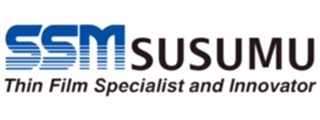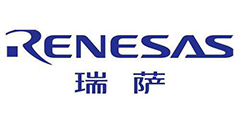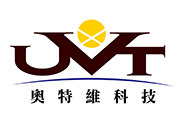- Ameya360 Component Supply Platform >
- Trade news >
- MediaTek, ITRI Claim Firsts in 5G Technology
MediaTek, ITRI Claim Firsts in 5G Technology
MediaTek and Taiwan’s Industrial Technology Research Institute (ITRI) have developed a range of technologies that include what they say is the world’s first LWA (LTE / Wi-Fi Link Aggregation) prototype system in preparation for commercialization of 5G by 2020.
The partners have developed LWA technology that can improve network bandwidth in the 38/39 GHz millimeter range to overcome limitations with high-frequency transmission, according to a press statement today from MediaTek. In addition, the partners announced their Multi-User Superposition Transmission (MUST) technology for 5G base stations as part of an effort to build an ecosystem for Taiwan’s telecommunications industry.
“In 2017, we have developed the world's first dual-mode base station prototype that combines LTE with 4G and 5G, breaking through with a technology for access at high-frequencies," said Chiueh Tzi-cker, vice president of ITRI’s Information and Communications Laboratories.
The announcement is the latest milestone in several years of work by ITRI and MediaTek. At the 2016 Mobile World Conference in Barcelona, the partners demonstrated the world's first LWA system with network access speeds of up to 700 Mbps.
MediaTek said that it will work with ITRI this year to focus more on the development of MUST technology.
“MediaTek is the world's first company to employ technology for multi-user interference cancellation in mobile phone equipment,” said MediaTek Chief Technology Officer Yu Chun Chou. “By using ITRI’s test environment supporting MUST technology, MediaTek has completed the validation of this technology in a wireless environment, laying a solid foundation for its commercial use on 5G systems."
The partners said they developed LWA technology to prepare for an uptake in 5G demand by helping to reduce telecommunication service providers’ operating and construction costs. LWA will allow mobile handsets to use both LTE and LTE Wi-Fi transmission data, thereby enhancing network transmission bandwidth and efficiency, according to MediaTek and ITRI.
The partners plan to work with Taiwan service provider Chunghwa Telecom (CHT) on the early completion of interoperability testing as part of CHT’s aim to become the world's first commercial LWA system operator.
Prior to the establishment of the 5G standard in 2018, MediaTek and ITRI have engaged in MUST technology R&D to create such capabilities as non-orthogonal multiple access (NOMA) and multi-user interference cancellation (MUIC). Functional testing and performance measurements of MUST on MediaTek's handsets within the 4G spectrum show an improvement in network efficiency of up to 40 percent under ordinary circumstances, according to MediaTek.
ITRI, one of the world’s largest R&D organizations, is funded by the Taiwan government. The institute is credited with the establishment of Taiwan’s semiconductor industry, spinning off companies such as Taiwan Semiconductor Manufacturing Co. (TSMC) and United Microelectronics Corp. (UMC).
Taiwan’s development of 5G technology won’t be the first time the nation has bet on next-generation wireless standards. In 2005, Taiwan launched its WiMAX Project aimed at bootstrapping its domestic tech industry into the 4G industry.
Instead of WiMAX, also known as Worldwide Interoperability for Microwave Access, the rest of the world adopted long-term evolution (LTE) as the industry standard for 4G.
MediaTek made WiMAX chips as a member of the Taiwan project, but the company later shifted development into LTE products. By July 2010, MediaTek signed an agreement with Japan’s largest phone operator, NTT DoCoMo, to develop LTE chips for Japan and global markets.
Online messageinquiry

Mediatek Targets China, Snapdragon

MediaTek Adopts Qualtera’s Silicondash Platform to Enhance Semiconductor Yield and Quality
- Week of hot material
- Material in short supply seckilling
| model | brand | Quote |
|---|---|---|
| BD71847AMWV-E2 | ROHM Semiconductor | |
| CDZVT2R20B | ROHM Semiconductor | |
| RB751G-40T2R | ROHM Semiconductor | |
| MC33074DR2G | onsemi | |
| TL431ACLPR | Texas Instruments |
| model | brand | To snap up |
|---|---|---|
| IPZ40N04S5L4R8ATMA1 | Infineon Technologies | |
| ESR03EZPJ151 | ROHM Semiconductor | |
| BU33JA2MNVX-CTL | ROHM Semiconductor | |
| STM32F429IGT6 | STMicroelectronics | |
| TPS63050YFFR | Texas Instruments | |
| BP3621 | ROHM Semiconductor |
- Week of ranking
- Month ranking
Qr code of ameya360 official account
Identify TWO-DIMENSIONAL code, you can pay attention to


Please enter the verification code in the image below:






















